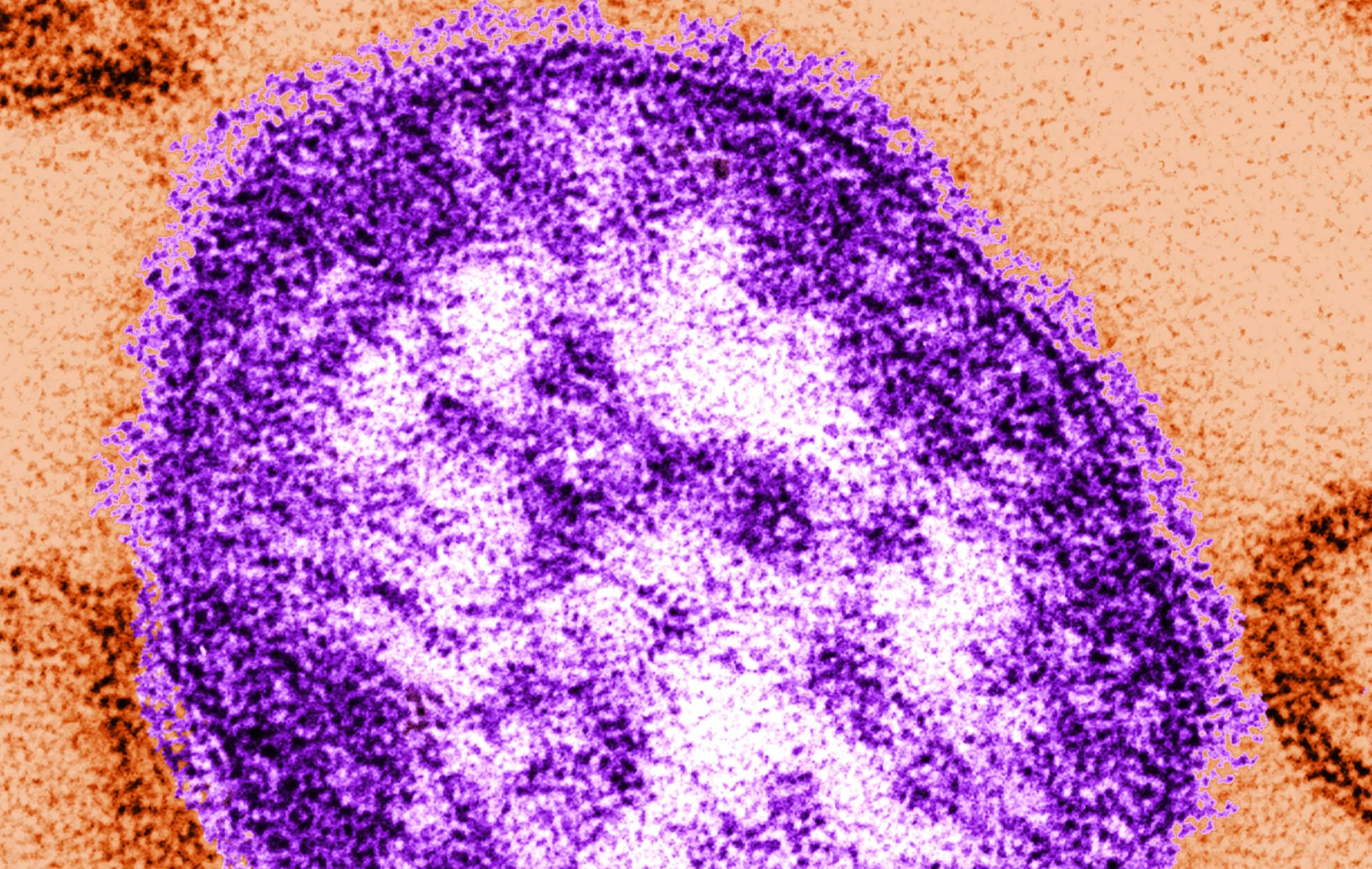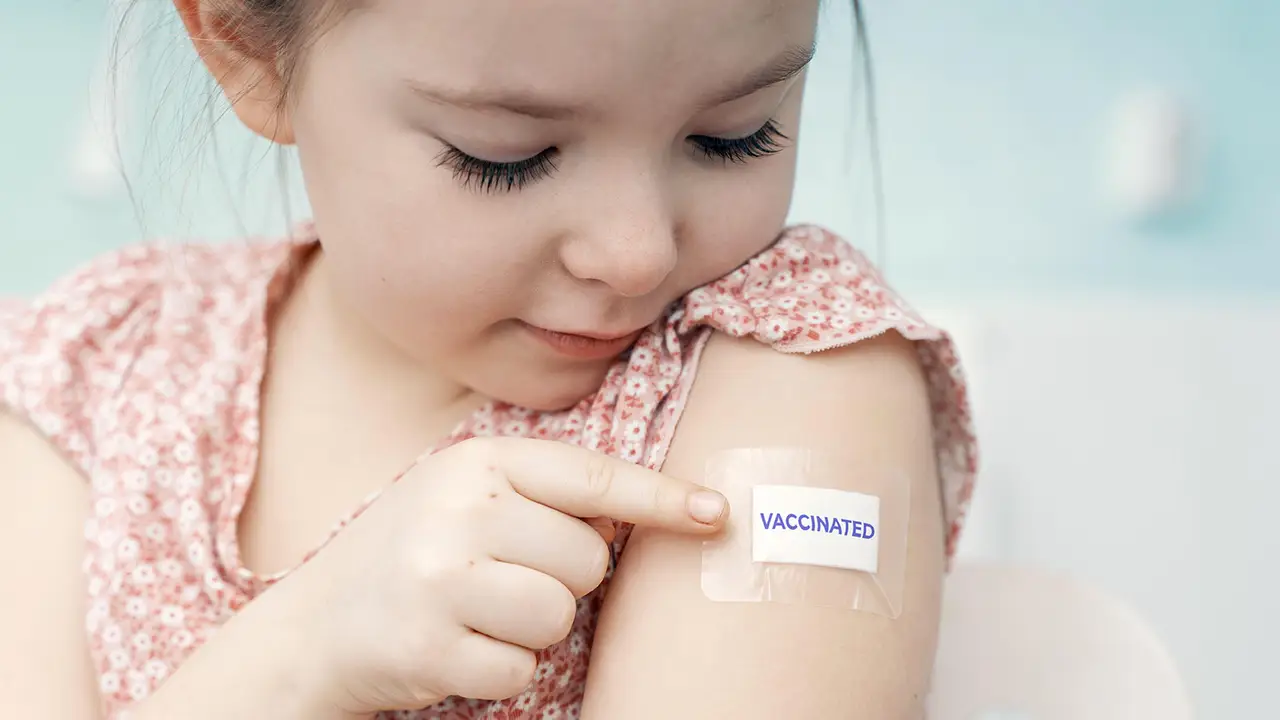In a report published Thursday, the Centers for Disease Control and Prevention (CDC) highlighted that nearly a quarter of a million kindergartners are at risk of measles due to a decline in vaccination coverage during the pandemic.
The CDC’s findings revealed that during the 2021-22 school year, 93% of kindergartners were up to date with state-required vaccines, down by 2% from 2019-20.
Dr. Georgina Peacock, head of the CDC’s immunization services division, emphasized the implications: “While this might not sound significant, it means nearly 250,000 kindergartners are potentially not protected against measles.”
Peacock underscored that vaccination coverage for measles, mumps, and rubella among kindergartners is now at its lowest in over a decade. T
he CDC recommends that by age 6, children should receive vaccines for measles, mumps, rubella, diphtheria, tetanus, pertussis, chickenpox, and polio.
During the 2021-22 school year, measles, mumps, and rubella vaccination coverage stood at 93.5%, falling short of the 95% target needed to prevent outbreaks.
The report also noted a measles outbreak in Columbus, Ohio, affecting 83 children, with 33 hospitalized, none of whom have died.
The vast majority of the affected children, 78, had not been vaccinated. Dr. Sean O’Leary, who chairs the American Academy of Pediatrics committee on infectious disease, emphasized the serious impact of such outbreaks: “These outbreaks harm children and cause significant disruptions in their opportunities to learn and grow and thrive.”

The CDC report specifically assessed whether kindergartners had received the second dose of the measles, mumps, and rubella vaccine, highlighting that two doses are 97% effective in preventing disease, while one dose is about 93% effective.
Measles, a highly contagious virus, spreads through respiratory droplets and contact with contaminated surfaces, posing a risk to unvaccinated children under 5, adults over 20, pregnant women, and immunocompromised individuals.
The virus can lead to hospitalization, pneumonia, brain swelling, and other severe complications.
Peacock attributed the decline in vaccination rates during the pandemic to disruptions in healthcare and educational systems.
“The pandemic really had a disruption to healthcare systems,” she noted, highlighting missed well-child visits and challenges in gathering vaccination documentation during periods when children were learning remotely.
A separate CDC report published Thursday indicated a slight increase in coverage for the seven-vaccine series among children born in 2018-19 compared to those born in 2016-17.
This series includes vaccines for measles, chickenpox, polio, hepatitis B, streptococcus pneumoniae, haemophilus influenzae type B (Hib), and diphtheria, tetanus, and pertussis.
However, the report also highlighted disparities, noting vaccination coverage declined by up to 5% during the pandemic among children in poverty or rural areas, and that Black and Hispanic children had lower vaccination rates than their white peers.
O’Leary emphasized that while vaccine misinformation is a concern, addressing access and child poverty remains critical: “The things we really need to focus on are addressing access and child poverty.”
